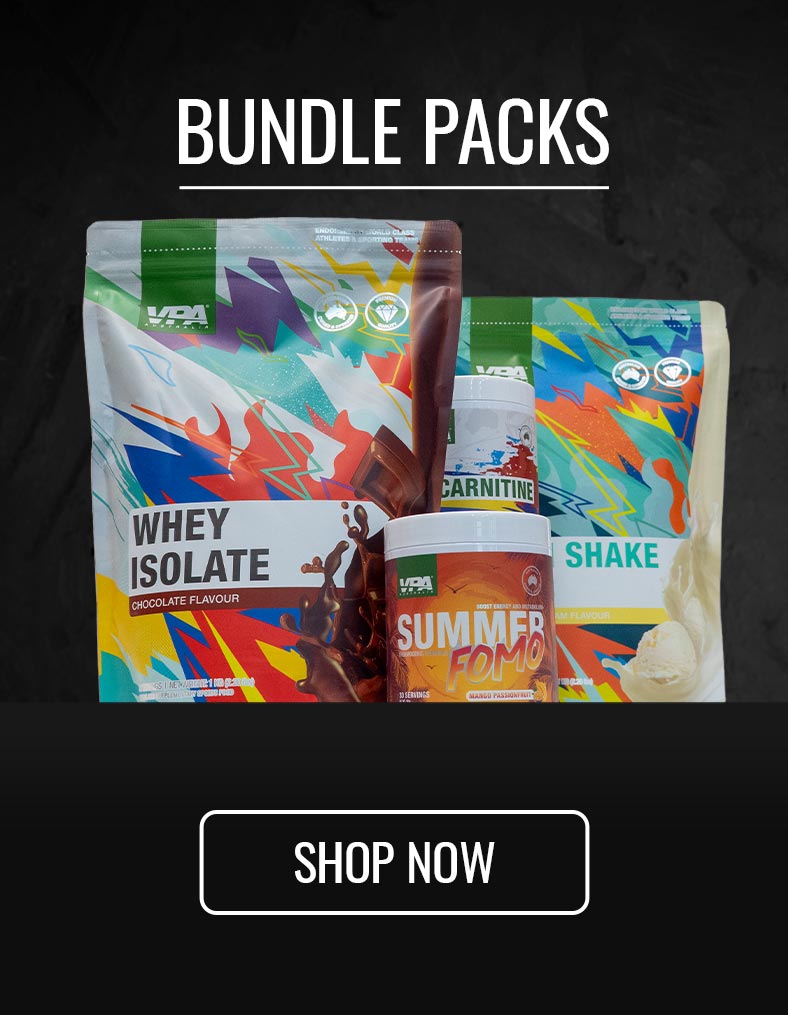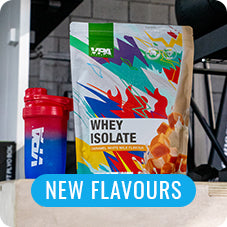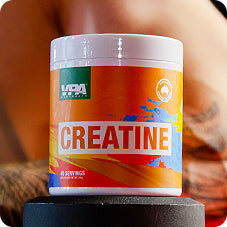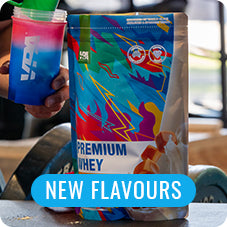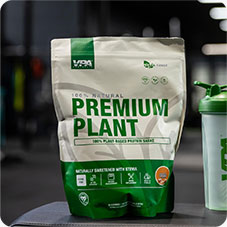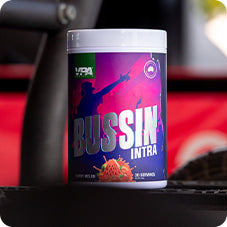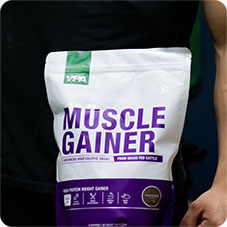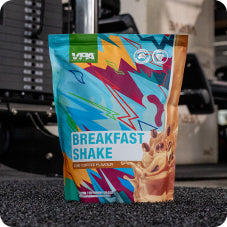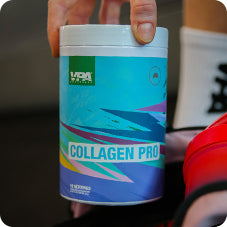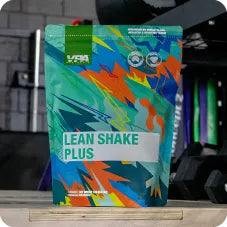Your Cart is Empty
How and Why Triathletes Should Use Sports Gels
February 12, 2021 4 min read

Sports gels are an incredible tool that can help triathletes improve their performance. They are one of the easiest things you can add to enhance your performance.
Why do they help?
Glucose is our body's most efficient fuel source for exercise above a certain intensity. While you have larger amounts of energy available via fat stores, carbohydrates are required to allow you to run, swim, and ride at a higher percentage of your maximum potential output.
Basically, the faster you are moving, the faster you are burning through glucose (and glycogen, which is the storage form of glycogen). As glycogen levels start getting closer to being fully depleted, performance starts to decline and this is something that you can really see in race splits. This phenomenon is a large portion of what people call “hitting the wall.”
Even with a perfect carb load, it is unlikely that you will be able to have 90 minutes worth of glycogen stored when exercising at the intensity a triathlon requires, also factoring in that there is likely a performance decline before full depletion anyway.
Adding sports gels helps because they provide an easily digestible source of carbohydrates, which can be used as glucose to help delay this glycogen depletion. As you can imagine, this allows you to perform at a higher level for longer, which can lead to significantly improved race times.
In addition, sports gels often contain electrolytes to aid in maintaining hydration and keeping your body's electrolyte levels in a good balance for optimal performance.
How many carbohydrates should you consume intra-race?
As a bit of a history lesson, let's first look at how science has evolved over time.
First, people were originally only drinking water while racing. This obviously is sub-optimal, given the knowledge we have from above. Then people started noticing benefits from certain strategies, including the use of flat coca-cola, which has the benefits of both sugar and caffeine. But the science still had quite a lot to develop.
The first real breakthrough was the discovery that the body seemed to be capable of taking on roughly 60g of glucose per hour.This is roughly the amount of glucose that the body can tolerate and absorb, even from a theoretical perspective. Going above that likely is adding no additional benefit but starts to significantly increase the risk of downsides associated with gastrointestinal distress.
The next major breakthrough though was learning that if you use multiple carbohydrate sources (for example glucose and fructose, or maltodextrin and fructose), it can raise that number even higher. Using roughly a 2:1 ratio of glucose/maltodextrin to fructorse seems to raise that theoretical number to about 90g per hour.
And this has been well studied with a lot of conclusions coming back with the 90g per hour or even slightly lower is what is optimal for performance. This 90g per hour number seems to be a common consensus amongst a lot of people in the evidence-based community. But it is worth noting that certain people at the elite level go even higher than this in practice.
Some Tour De France riders get as high as 107g/hr. And there is also research indicating that mountain runners continue to see performance benefits beyond the standard 90g per hour by going as high as 120g per hour.
Basically, the higher you can get your intake without experiencing gastrointestinal distress, the better your performance is likely to be.
How to use gels during a triathlon?
There is no one “right” way to use gels during a triathlon. But I think it is worthwhile paying attention to the carbohydrate guidelines listed above and using that as a starting point.
This would mean likely aiming for 30-90g carbohydrates per hour based on what you can tolerate (and going above this if you happen to be an outlier who can tolerate more). If you were exclusively using gels, you would use the number of gels required to achieve that.
For example, if a gel had 25g carbohydrate in it, and you wanted 50g carbohydrates per hour, you would have 2 gels per hour. It is also best to consume water alongside the gel to dilute it and allow for better tolerance and absorption.
If you were also having sports drinks as well like Gatorade or Powerade, you would do the maths to figure out how much of each you needed to get to your target amount. And obviously, since you cannot consume gels during the swim portion of the triathlon, you would start taking the gels after.
How to start introducing gels?
With every race nutrition strategy, it is important to try it out in training first. It is typically not a good idea to try something new on race day.
It is probably also a good idea to start low and build up. So rather than jumping to the top end of that 30-90g/hr range, it makes sense to start at the lower end. And then slowly building up until you find that sweet spot between improved performance and the risk of gastrointestinal distress.
The other thing to be aware of is that you can “train the gut” to handle more carbohydrates while exercising. This allows you to take on even more carbohydrates to further improve your performance.
The people at the top end of the sport likely were not able to tolerate the amounts of carbs that they take on during races these days. It takes time to build up that ability.
So basically, you want to introduce them into your training and slowly build up to a level that works best for you.
Sold out
Sold out
Also in Training
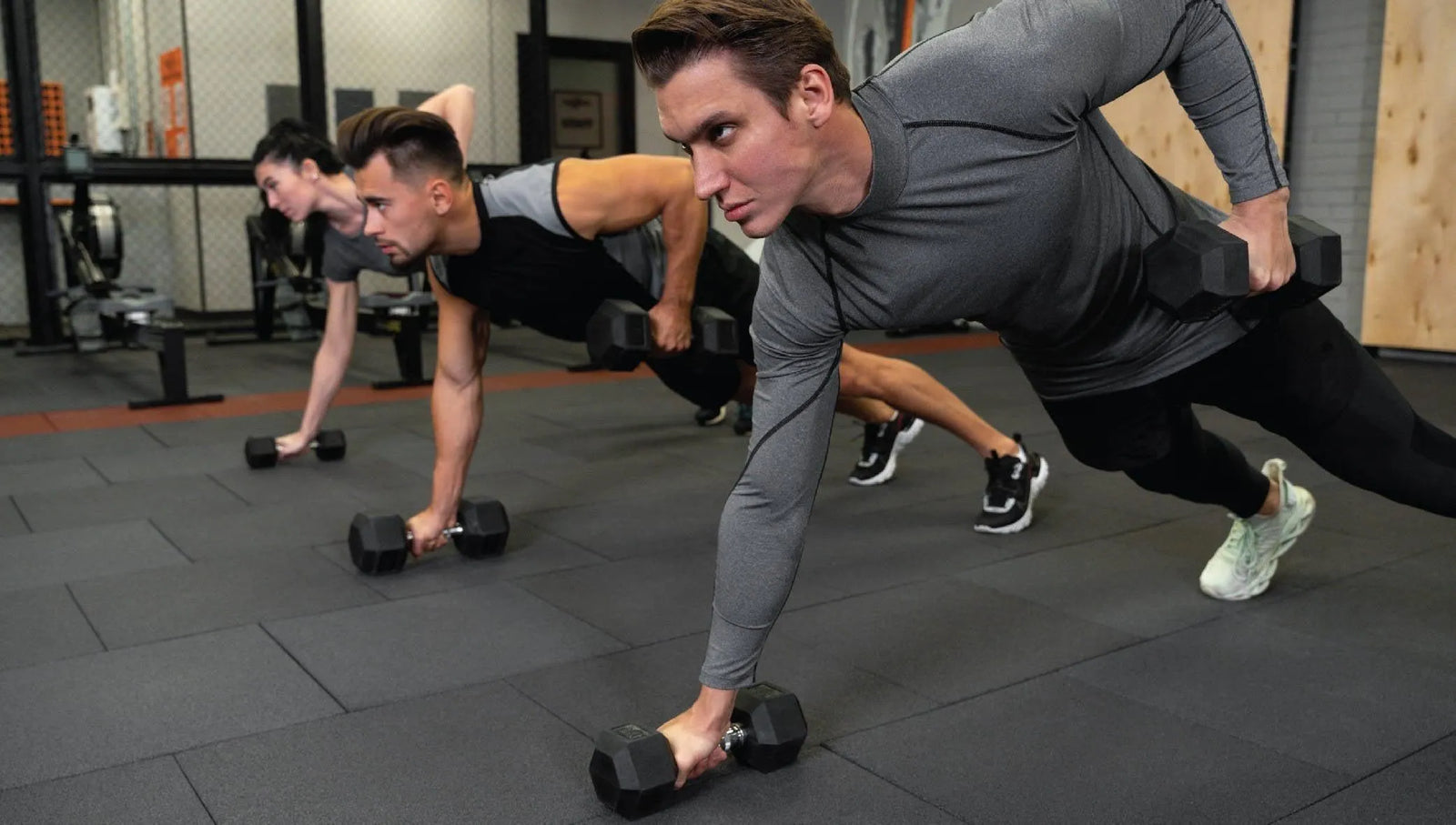
Boosting Your Health: Understanding Aerobic and Anaerobic Metabolism
July 22, 2024 4 min read
Learn about the key differences between aerobic and anaerobic metabolism, and how to optimize your workouts for better health and fitness. Discover the benefits and performance-boosting potential of combining these two metabolic powerhouses.
Read More
Smash Through the Wall: How to Increase Your Lactate Threshold for Running Glory
July 08, 2024 4 min read
Learn science-backed strategies to boost your lactate threshold, enhance running performance, and achieve your fitness goals. Discover expert tips and techniques here.
Read More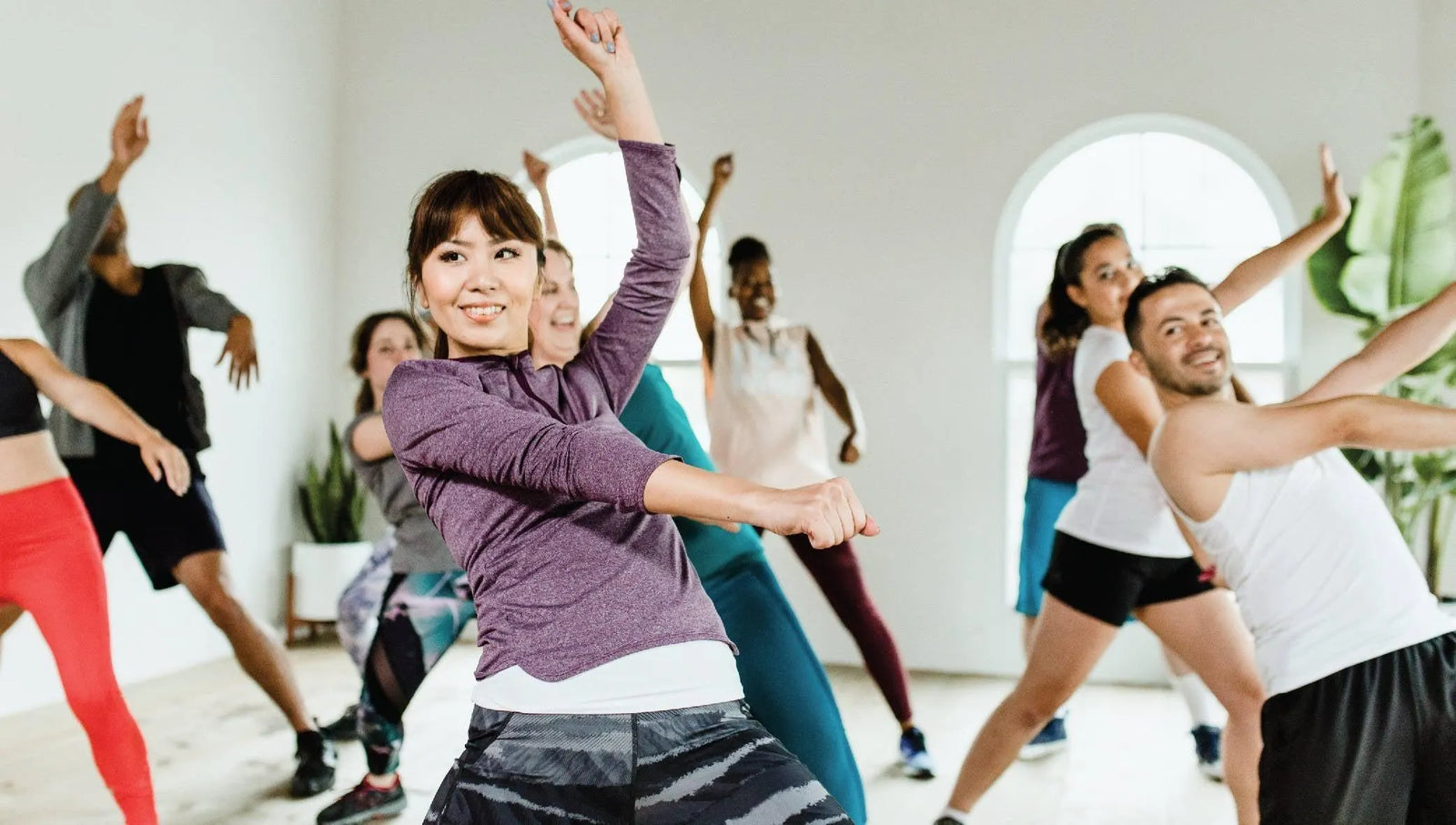
The Ultimate Guide to Cross-Training
July 01, 2024 5 min read
Learn about cross-training, crafting a plan, tailoring for different fitness goals, and activities beyond the gym. Discover the ultimate fitness guide at VPA.
Read More Recent Articles
- Boosting Your Health: Understanding Aerobic and Anaerobic Metabolism
- Smash Through the Wall: How to Increase Your Lactate Threshold for Running Glory
- The Ultimate Guide to Cross-Training
- Embrace the Cold: How to Stay Active and Healthy Throughout Winter Down Under
- What is Hyrox?
- Mastering the Pull-Up
- Building a Champion: Why Cardio and Strength Training are Your Fitness Dream Team
- Beyond the Six-Pack: Building a Strong Core for Everyday Life
- Routine and Discipline – The Backbone of Fitness
- Calisthenics for Beginners
${{amount}}


